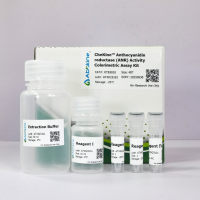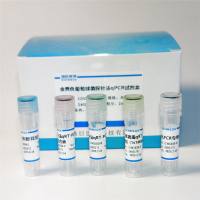Isolation of Retroelement from Plant Genomic DNA (PCR法从植物寻找逆
互联网
- 相关专题
Major classes of retroelements include the Pseudoviridae (Ty1-copia ), the Metaviridae (Ty3 -gypsy) and the Retroposineae LINE (non-LTR) groups. All reverse transcribing elements can be included in a universal classification which is presented on a linked page . Mixed PCR products representing the full heterogeneous pool of retrotransposons from each group are obtained by PCR with degenerate primers ( degenerate nucleotide symbols link), as listed below. Some of the species tested are also listed, but experience of us and many others is that the primers succeed in most or all cases. Non-degenerate primers for amplifying individual transposons are obtained from sequences in the databases, and of course can be used at lower annealing temperatures to isolate elements. PCR protocols and programmes are given at the bottom of the page.
Revision 20-05-2005: Added New Paper Hill, Flavell et al. and emphasized Pseudo/MetaViridae (not Pseudovirideae or Metavirideae which would refer to another level of classification of retroelements or retrotransposons)
12/7/07: reduced amount of Taq polymerase recommended (we use enzyme from YorkBio, BioLine or Promega - the source of the enzyme does make a difference to the results).
Pseudoviridae ( Ty1-copia) Degenerate Primers
These work for virtually every higher plant species (tested in over 75 species, failed in one). Upstream Primer: 5"ACNGCNTTYYTNCAYGG encoding TAFLHG Downstream Primer: 5"ARCATRTCRTCNACRTA encoding YVDDML (in reverse). These two primers, from Flavell et al. (1992 a and b below), amplify a band of approximately 270bp. The primer pair 5"CARATGGARGTNAARAC encoding QMDVKT and 5"CATRTCRTCNACRTA encoding YVDDM (missing the L at the end of the Flavell primers) is used by Hirochika and Hirochika (1993 below).
Original papers are by three groups at about the same time: Flavell AJ, Smith DB, Kumar A. 1992 Extreme heterogeneity of Ty1-copia group retrotransposons in plants. Mol Gene Genet 231: 233-242 Flavell AJ, Dunbar E, Anderson R, Pearce SR, Hartley R, Kumar A. 1992. Ty1-copia group retrotransposons are ubiquitous and heterogeneous in higher plants. Nucleic Acids Res. 20: 3639-3644.
Voytas DF, Cummings MP, Konieczny A, Ausubel FM, Rodermel SR. 1992. copia-like retrotransposons are ubiquitous among plants. Proc.Natl.Acad.Sci.USA 89: 7124-7128
Hirochika H, Hirochika R. 1993. Tyl-copia group retrotransposons as ubiquitous components of plant genomes. Jpn J Genet 68: 35-46; Hirochika H, Fukuchi A, Kikuchi F. 1992. Retrotransposon families in rice. Mol.Gen.Genet. 233: 209-216.
Metaviridae (Ty3-gypsy) Element Degenerate Primers
We (Heslop-Harrison and colleagues) have used the following in Hordeum (Vershinin et al., 2002), sugar beet (Kubis et al. 1998) and a variety of gymnosperms (Friesen et al. 2001, the original reference for these primers; see references page of this website for the citations ).
Forward primers: GyRT1 : 5" MRNATGTGYGTNGAYTAYMG encoding RMCVDYR GyRT3 : 5" YKNWSNGGNTAYCAYCARAT encoding LSGYHQI









